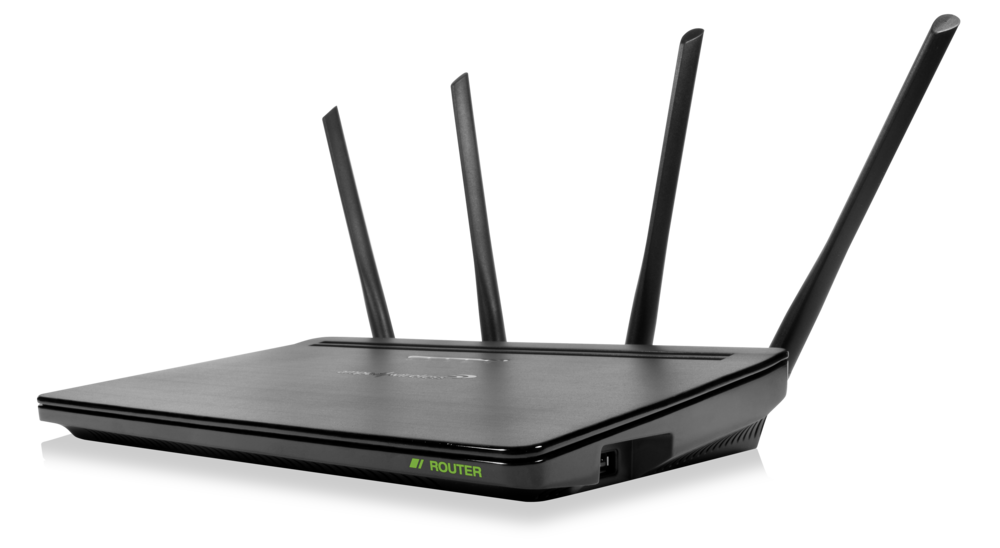Now that the 10.5-inch iPad Pro has been in stores for a while, we’re beginning to see more accessories for the device. Since not everyone needs a keyboard case, we decided to take a look at the Moshi VersaCover for the 10.5-inch iPad Pro (US$54.95). This case is not only a protective cover for your iPad Pro, but also acts as a stand for watching movies, typing on the screen, or engaging in FaceTime conversations.
Design
Available in black or “Sakura Pink”, the VersaCover features a microfiber interior and a textured polyurethane exterior — that’s the origami-like folding stand portion that covers your screen. The back side is a clear polycarbonate that protects the back of the iPad Pro while displaying the back of the device.
The iPad Pro is held securely in a polycarbonate frame with ports for the speakers, Lightning cable, and headphone jack. The frame also has passthrough switches for power and volume, as well as an opening for the iPad Pro’s camera.

We liked these tips from Amped Wireless VP of Networking Jason Owen so much that we thought we’d pass them along to Apple World Today readers. Enjoy!
It is estimated by research firm IHS that the IoT market will grow from an installed base of 15.4 billion devices in 2015 to 30.7 billion devices in 2020 and 75.4 billion in 2025. Our washing machines, coffee pots, thermostats, lights, probably even the toilet and the kitchen sink will all be hooked up to our home Wi-Fi networks. While this will likely lead to more convenience when it comes to home management and maintenance it will also create bottlenecks on home networks slowing down your smart phone, tablet and laptops.
Before you plug in and fire up those smart light bulbs, appliances or television you need to prepare your Wi-Fi network to ensure your speeds and security are not affected by the presence of this new equipment. Most people plug in their Wi-Fi router and never worry about it again, unless they are calling their internet provider to complain about an outage or slow connection. It might not be your provider though, your type of router, where it is placed, the bandwidth of the router and the number of devices you have connecting to it at home could be to blame for your Wi-Fi headaches.
1. Location, location, location. Router location plays a major role in the range and efficiency of a Wi-Fi network. Placing a router in a cabinet or an out of the way room might make your home look less cluttered but this also blocks the signal with doors and walls, plus everything inside your walls, from reaching the areas of your home where you are trying to use your devices. Use a Wi-Fi analytics app to check your Wi-Fi signal strength at each of the locations that you plan to put smart home devices. Be sure that the signal strength is at least 60% at each of those locations. Also check the signal strength where you normally sit to use your laptop, tablet and phone.
2. Flex Wi-Fi muscle. If you have a smaller home and need more coverage look for a high-power router that has more internal and external antennas than your current router model. If you have a larger home, consider using range extenders or a whole home Wi-Fi system.
3. Read the label. When shopping for a new router some of the key terms to look for include AC1900 as a minimum speed and MU-MIMO Technology. While your connection speeds will ultimately be determined by the level of speed you pay for through your internet service provider if you do not have a router equipped to handle the fastest speeds available today you will always experience a slower connection. MU-MIMO is desirable in homes with multiple devices and internet users. Instead of creating a queue of connection requests that are handled in order like a traditional router would do, MU-MIMO routers serve data to more devices at once without limiting speeds. This is critical in homes with smart devices as the total count of devices can add up quickly.
4. Make it ironclad. We all know that hackers have a variety of ways to trick us into giving them access to our digital accounts and methods of stealing account information and passwords from companies we do business with; however, that doesn’t mean we should just give up and let them into our networks freely. You need to make sure your network is secure as possible. If you are deciding between two routers and one offers added layers of security with virus protection and malware detection, for example, pick the one that is focused on security. Also, be sure to set up complex, hard to crack passwords. Never leave your Wi-Fi open without a password. Even guest networks should require one for access. Also, any time you have an issue with your email being hacked or one of your online accounts is breached, change your Wi-Fi password along with all your other accounts, just to be safe.
To recap;
1. Position your router in an optimal location, as central as possible.
2. Test your Wi-Fi signal strength with a signal strength tool, be sure to check all locations where smart devices will live.
3. If weak spots are found, try a High-Power Router or a Range Extender. If you want a seamless network, try a Whole Home Wi-Fi System.
4. Use a router that supports at least AC1900 speeds and MU-MIMO technology.
5. Keep your network secure with hard-to-crack passwords and built-in protection from other web threats like Malware.
